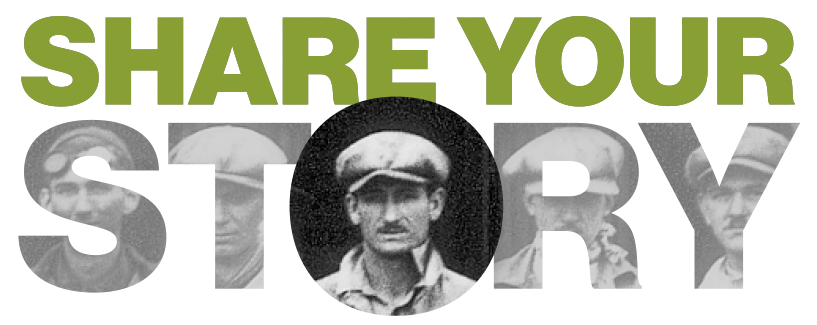Clyde Vernon Cessna was a true aviation pioneer. He began building and flying monoplanes in 1911 and by 1916 became the first person in Wichita, Kansas, to construct aircraft for commercial sale. He also operated one of the first flight schools west of the Mississippi River.
Late in 1924 Cessna joined forces with Walter H. Beech, Lloyd C. Stearman and local businessman Walter Innes, Jr., to form the Travel Air Manufacturing Company located in downtown Wichita.
Cessna served as vice-president of the company. He was a key figure in the formation of Travel Air, contributing more than $25,000 in cash and loaning wood-working equipment that was used to begin manufacture of the company’s first product – the Travel Air Model “A” biplane.

In 1980 during the author’s research into the history of Travel Air, a former employee who knew Mr. Cessna well related an incident that is worth retelling. When Cessna taught himself to fly in 1911 he believed the best way to remember how to make a turn in flight was similar to making a turn when riding a bicycle – applying left rudder would deflect the rudder to the right, and applying right rudder would deflect the rudder to the left. That unconventional configuration made sense to Mr. Cessna because when a person rides a bicycle and desires to turn left, the right side of the handlebar is pushed forward, and vice-versa to turn to the right. Apparently, Cessna retained that unusual system on all of the monoplanes he built through 1916.
Nine years later, Clyde had the rudder cables crossed on any Travel Air he was flying that day. When he landed, a mechanic (or someone at the factory!) was supposed to make certain the rudder cables were reconnected properly for the next pilot. However, (as the story goes) one day Walter Beech took off in a Model “A” previously flown by Clyde. When Beech applied left rudder the ship yawed sharply to the right! He pushed the right rudder pedal and the ship yawed sharply left! Stunned, baffled and uncertain what was wrong, he managed to land the ship.
After leaping out of the cockpit, Walter is said to have unleashed a furious diatribe as he went in search of the culprit who had performed Cessna’s infamous “Double-Cross.” Cessna laughed it off, but the incident taught Walter an important lesson: From that time forward the rudder cables on any biplane flown by Cessna were carefully inspected before flight to ensure they were connected properly.
Cessna’s “Double-Cross” is but one of many stories that, if told, would further highlight the lighter, more humorous side of Wichita’s incomparable aviation history.

 Back
Back